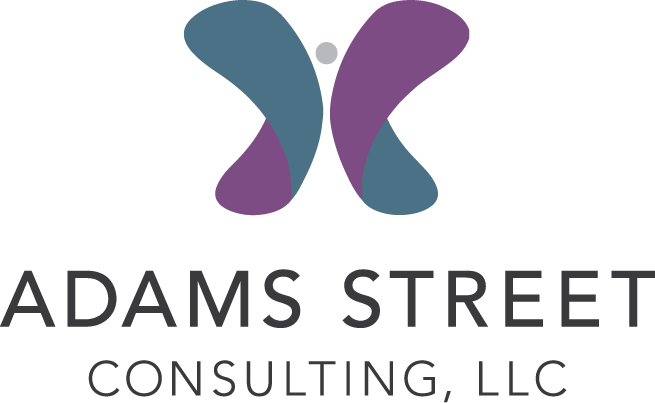Sexual harassment within the workplace has been all over the news recently. It seems like new cases of high profile men being accused and held accountable appear daily. I applaud the courage of victims to come forward. I am thankful that institutions are finally holding some of the perpetrators accountable. Workplace sexual harassment is, not about the individual event, but is a symptom of a much more deeply entrenched concern. Our workplaces and society at large tends to value white men more than women and people of color. The stories unfolding publicly in recent months highlight not only the horrific actions of certain individuals, but also the workplace environments that have allowed sexual harassment to become a normal part of so many women’s working lives. The men who are committing atrocities against women, could not have gotten into their positions of power if the organizations they work for were not complicit. Workplaces that discriminate against women provide fertile ground for sexual harassment to be tolerated. All people, especially those who have long been treated differently because of their gender, their race, their sexuality, or some other aspect of their identity, should feel welcome and safe in their workplaces. All forms of gender based discrimination in the workplace need to be rooted out if you want to choke the weeds of sexual harassment.
Sexual harassment is but one of many negative outcomes that come from workplaces that place a higher value on men over women. How do you know if your workplace values men more than women? Look at multiple outcomes by gender. Retention rates, hiring rates, pay gaps, and promotions can highlight areas that your organization treats men and women differently. Add race into the mix and the disparities often get wider. A disparity between men and women in your statistics often indicates deeper organizational issues that must be addressed, such as gender-based discrimination within your policies, practices, and culture. The pay gap between men and women in Hollywood has been much publicized. How many female producers are there in Hollywood? Gender equity in these areas can greatly benefit most companies by lowering hiring and training costs and allowing greater innovation and higher productivity. Workplaces that do not include the perspectives of women and people of color at all levels miss out on many chances for innovation, customer expansion, and often become stagnant. Sexual harassment is less likely to occur in an organization that does not discriminate against women.
Gender based discrimination not only impacts women, but also hurts men. Organizations that perpetuate gender-based discrimination often foster an environment that supports rigid ideas of gender. This does not allow for men or women to bring their whole selves to work, not to mention what it does to people who do not fit into the gender binary at all. Men working in traditionally female fields like nursing, teaching, or as assistants are often chastised for their choice of profession. One female friend who works in the private sector shared an example:
My previous company wouldn’t hire a male for a front desk role. I found several candidates over the years that were eager and qualified that weren't even brought in for further interviews because "they didn’t feel comfortable asking a male to fetch coffee or plan company parties"
Organizations look over talented individuals because they cannot see past these strict ideas of gender roles.
While men frequently benefit from the unearned privileges, discrimination against women at work costs men as well. Another female friend who works in the social service sector shared a story with me:
I was working in a program and my male partner at the time was interning in a separate program [for the same organization]. The offices were attached by a door that we generally kept open. I had a disagreement with a male coworker. He became frustrated or angry with me. He literally picked me up and threw me over his shoulder fireman style. He walked me through the offices while I protested. He plopped me down in front of my partner and said "control your woman". We were both humiliated in front of our coworkers. This man was also much much larger than my partner. So I was angry and embarrassed but my partner was completely incapable of intervening due to various power dynamics.
Challenging the inappropriate behavior at work can be risky both physically and professionally for both men and women in the workplace. If discriminatory behavior goes unchecked, it creates an environment where sexual harassment in many forms can thrive.
To address sexual harassment in the workplace, organizations must first address the structures that have allowed it to thrive. You cannot prevent sexual harassment through one training session or, even worse, one video. Delve into your policies, procedures, statistics, and workplace environment. Sexual harassment cannot thrive where men and women are treated equitably. Organizations must set clear expectations through words and actions, policies and procedures, that discrimination will not be tolerated.
If you are ready to tackle gender based discrimination, contact me and we can get started on this journey together.

